The instrumentation shall be designed and selected:
– To prevent or minimize damage to existing structures and the structure under construction by providing data to determine the source and magnitude of ground movements.
– To assess the safety of all works by comparing the observed response of ground and structures with the predicted response and allowable deformations
of disturbance levels.
– To develop protective and preventive measures for existing and new structures.
– To select appropriate remedial measures where required.
– To evaluate critical design assumptions where significant uncertainty exists.
– To determine adequacy of the Contractor’s methods, procedures and equipment.
– To monitor the effectiveness of protective, remedial and mitigative measures.
– To assess the Contractor’s performance, Contractor-initiated design changes, change orders, changed conditions and disputes.
– To provide feedback to the Contractor on its performance.
– To provide documentation for assessing damages sustained to adjacent structures allegedly resulting from ground deformations and other construction related activities.
– To advance the state of the art by providing performance data to help improve future designs.
Due to the limited construction period geological and geo-technical site conditions, the construction shall be taken under the cautious steps and well cycled-time controlled. The accuracy of instrument measurements, the skill of the designer should be able to cope with prevailing situations.
The surface and subsurface instruments should be reliable enough to interpret the actual ground settlement and movement that occurs during the construction. While the results and interpretation of measurement readings are important, their value is highly influenced by how the instruments are employed, where they are located, how frequently they are read and when they are stationed.
Hence, the proper instrumentation plays vital role during the execution of the construction project to monitor the performance and effect of the construction, however close cooperation, mutual understanding and respect to all parties involved with day-to-day management and application of the solution are still highly linked to the success of the project. Geo-technical Instrumentation in such type of project is of critical and important for the design and construction of the project.
1.1. Inclinometer


For monitoring lateral movements and deformations in soil, rock and retaining structures.
Available either as portable or In-place (IPI) devices for the measurement of lateral earth movements in unstable slopes, landslides, dam and roadway embankments, and landfills. They can also be used to measure deflections in the walls of excavations, shafts, tunnels and in caissons, piles and sheet piling.
Placement of inclinometers is via specialist high tolerance inclinometer casing which has keyways formed at 90° into the internal surface and allows for their accurate orientation.
Data can be viewed in the field using the hand held PDA which has full graphing facilities or downloaded to a PC.
1.2. Extensometer

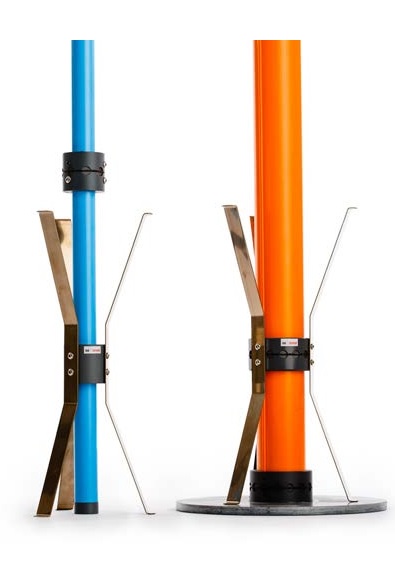
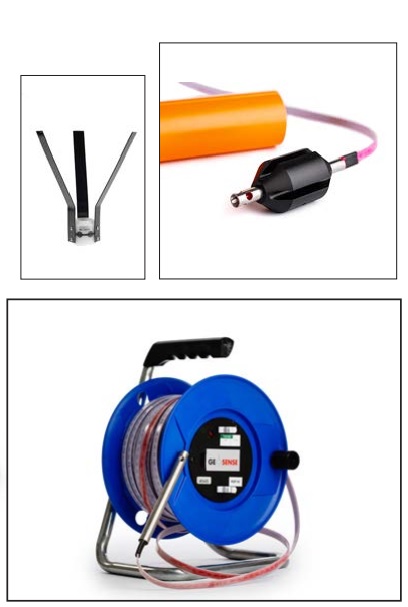
Used to measure and locate settlement, heave, displacement and deformation in soil and rock.
A wide range including borehole rod, magnetic, and tape type extensometers typically used for monitoring excavations, foundations, dams, embankments, tunnels, shafts and sheet piles.
Data can be obtained using a portable readout or connected into a data logger for automatic monitoring.
1.3. Settlement point
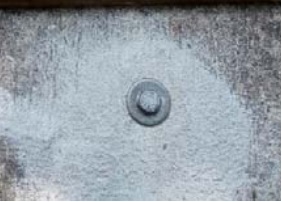
The settlement points are installed on the different kinds of ground surface such as concrete base surface, Asphaltic surface, normal clay surface or on structures such as buildings as required by the client. The markers will be monitored by levelling equipment in the frequency as specified by the client. The basic objective of monitoring these markers is to compare the relative settlement of the ground with respect to the relative Benchmark (which is considered unmovable). The location of the instrument installation will be as shown in drawings or as per the instruction by the client.
1.4. Piezometer
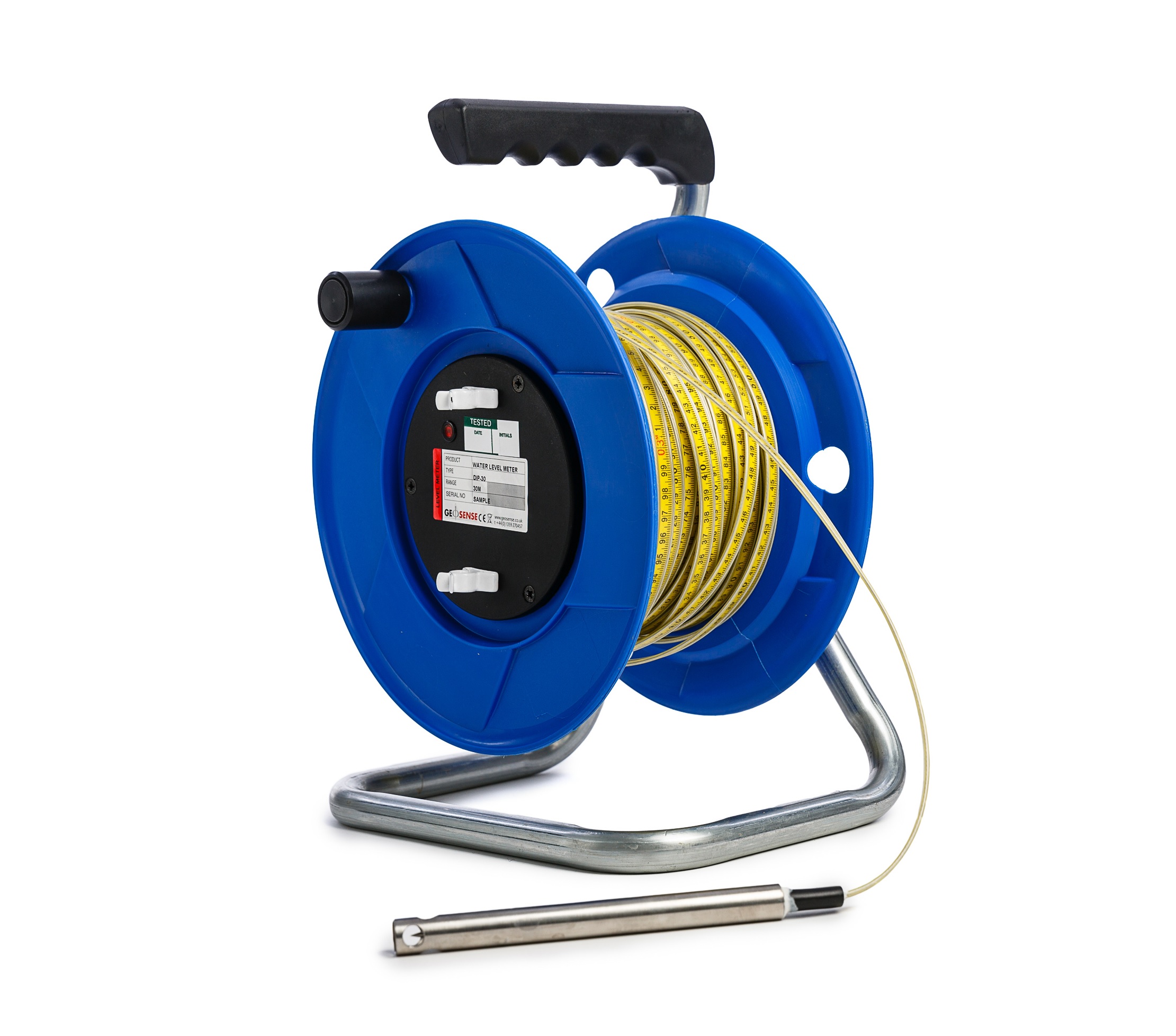

For the measurement of pore water pressure & water levels.
A range of piezometers for the measurement of pore water pressure and groundwater levels within soil and rock.
Typically used for understanding initial site condition, determining safe rates for placement of fill, predicting slope stability, designing for lateral earth pressure and evaluating the effectiveness of drainage schemes.
Data can be obtained using a portable readout or connected into a data logger for automatic monitoring.
1.5. Tiltmeter
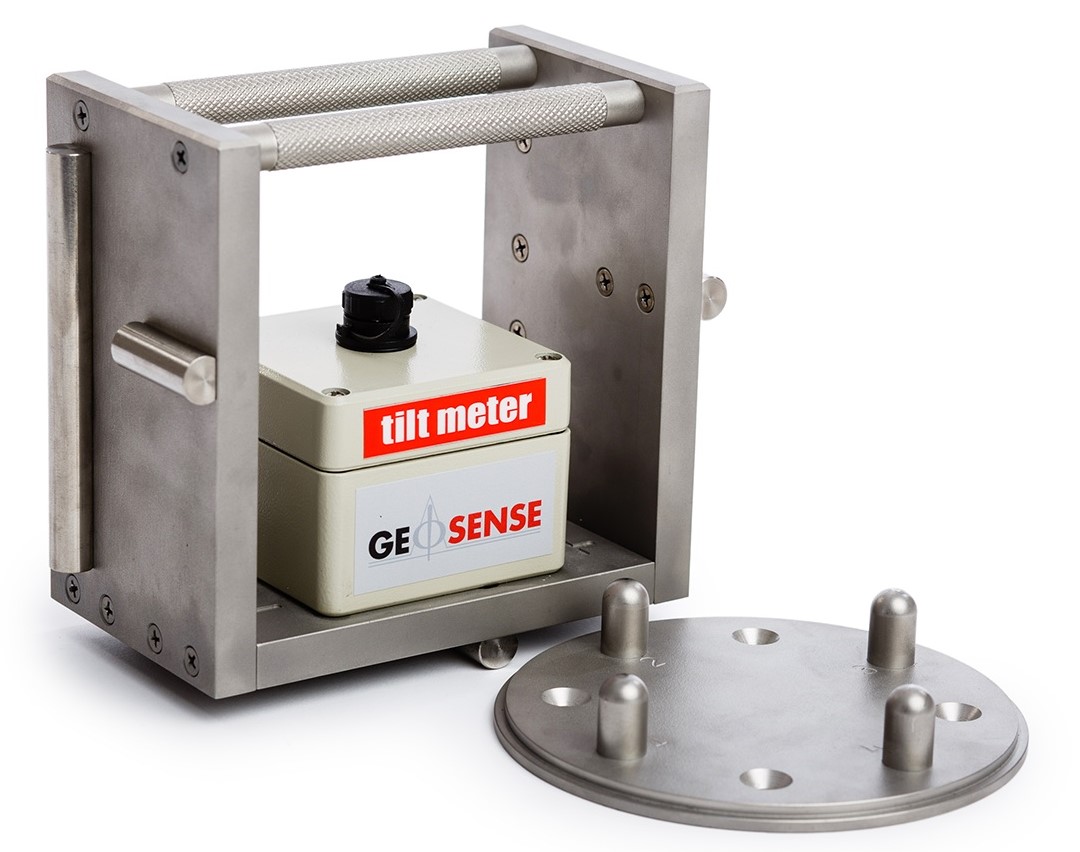
To detect and monitor differential movement and rotation in structures
Available as Tilt Meters, Tilt Beams, and convergence monitors which are installed mainly on structures to monitor movement caused by settlement and heave of caused by adjacent excavations or tunnelling works.
1.6. Convergence tape extensometer
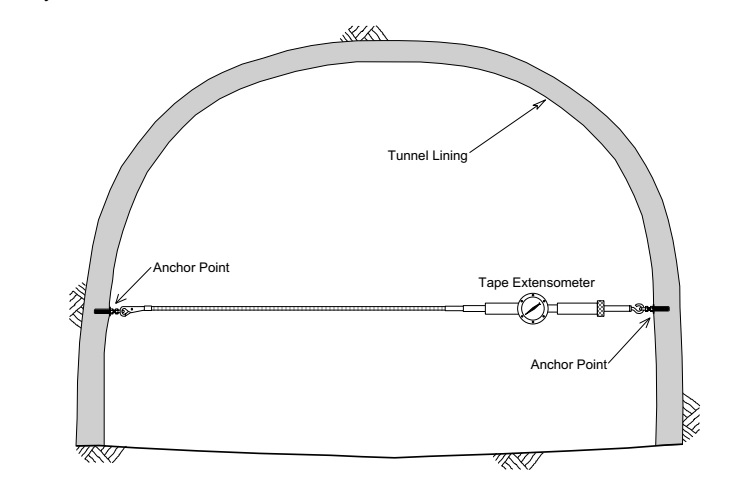
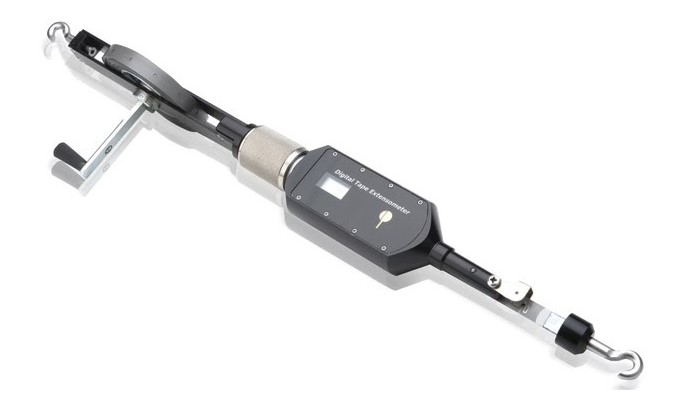
The Digital Tape Extensometer is a portable device used for measuring displacement between reference anchors fixed to an excavation or structure.
The instrument consists of a precision punched steel tape incorporating a repeatable tensioning system and dial gauge readout. The tape winds onto a reel, which incorporates a tape tensioning device and a digital LCD readout.
The body of the extensometer has a hook connector that connects to the first eyebolt. An identical hook on the free end of the tape connects to the opposing eye bolt. The user then tensions the instrument and records the readings from the digital LCD display. The measurements are not absolute, but relative to the previous measurement. This provides an accurate record of displacement over time.
These can be installed on a structure or in an excavation such as a tunnel or shaft.
1.7. Pressure cells For measuring total stresses in soils


The standard total pressure cell measures total pressure (effective stress minus pore water pressure) and is installed within fills to determine its distribution, magnitude and direction.
They are also available with an extra thick back plate to minimize any point loading effects and avoid any warping of the cell. The “Thick Back” Pressure Cells are used to measure contact earth pressures on the surface of concrete or steel structures.
Sensor outputs include vibrating wire and analogue 4-20m A and can be read with a portable readout or connected to a data logger for automatic data acquisition
1.8. VW Strain gauges For measuring strain

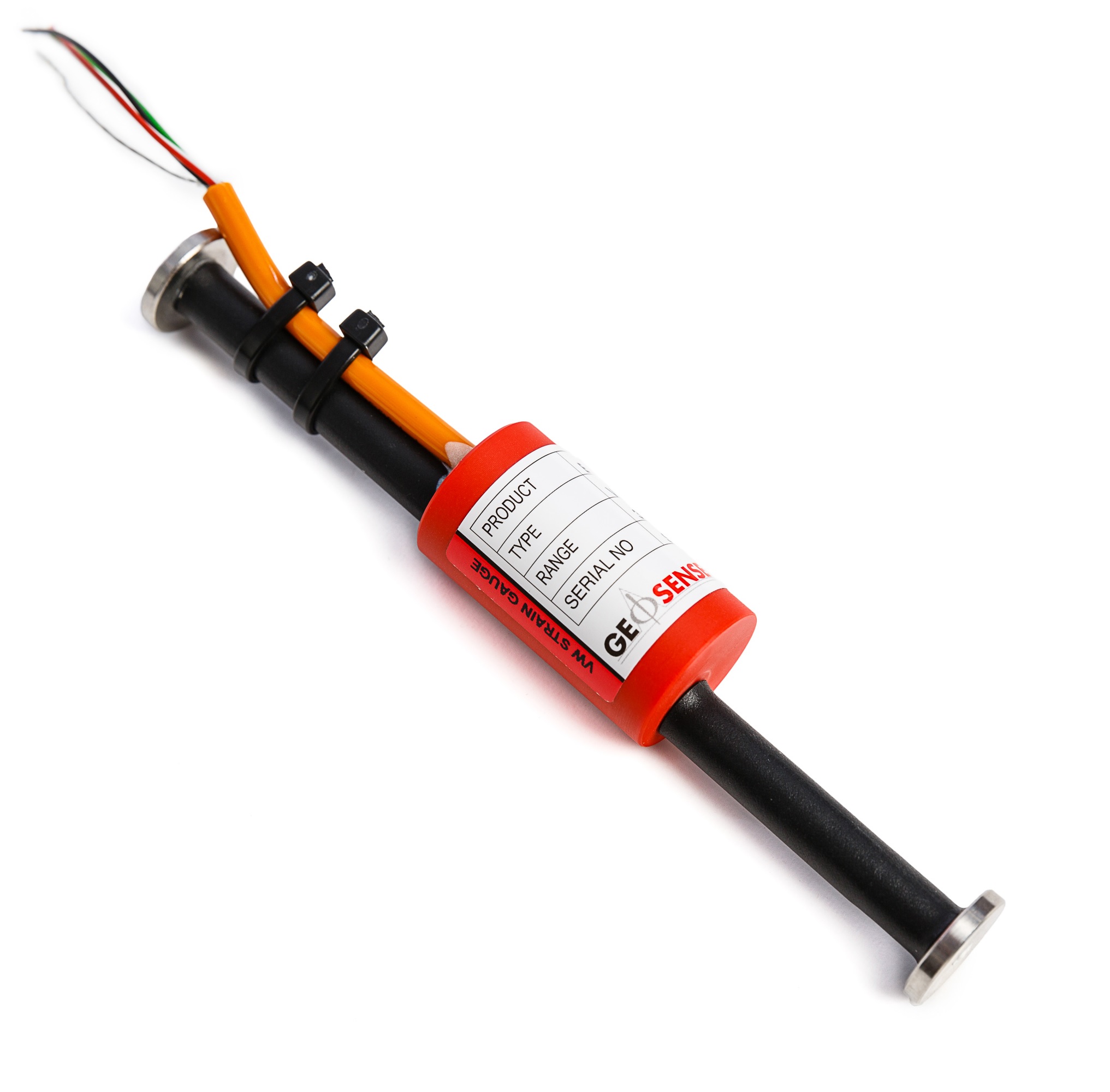
Vibrating Wire Strain gauges measure strain within a wide range of media including steel and concrete the data from which can be used to calculate a wide range of parameters including load, stress and pressure.
The weldable version can be fixed to steel load-bearing beams, tunnel segments, struts, sheet pile walling and tendons whereas the embedment type is suitable for direct burial and can be used in pile tests, load bearing concrete beams and columns, tunnel segments and concrete foundations.
Can be read with a portable readout or connected to a data logger for automatic data acquisition




 officegem.gem@gmail.com
officegem.gem@gmail.com 086-334-4913
086-334-4913
